Meadows gained a reputation for being rich in wild flowers. They are generally the flowers of grassland, and the list of species to be found on unimproved English meadows is greater than I have room to list here. In the south of England there are surviving meadows which are orchid-rich, and these orchids are often rare and protected by conservationists,many of whom do not advertise to the world that the rare orchids are present. The fate of one example of the rare ghost orchid is illustrative. A specimen that was being protected by conservationists was one night dug up and stolen from its woodland home by a collector who wanted it for him/herself. Fortunately there are others.
There is a fact about wildflowers little known by non-gardeners, that they prefer land that is low in nutrients, for rich soil kills them, which is why they do not thrive in gardens. Meadow soil is just the right level of nutrients for a wide range of plant species, while pasture is too heavily grazed for them and arable land too heavily fertilized.
Along with the flowers comes a wide range of insects, that feed on meadow species. As the meadow grass is kept tall, tall flowers abound and thrive, so butterflies, bees and hoverflies hum among the flower tops. Lower down there are grassy stalks which provide food for caterpillars, but the rich insect life is staggering in its complexity.The Offwell Wildlife Trust in Staffordshire, in the English North West Midlands, reckons that an acre of meadow contains 2.25 million spiders and hundreds of millions of mites and other insects; and that does not allow for the edaphon [soil life] of the soil beneath. In wet meadows damsel flies and dragon flies are found, and we can see fireflies and glow worms on summer evenings as they dance their ephemeral mating rituals.
Meadows are havens for British bees,threatened by the toxic neonicotinoids that farmers use to poison unfriendly insects and which poison the beneficial ones as well. You don't use pesticides on a meadow, just leave it to flourish organically, and the so the bees thrive. Beekeepers know and love meadows.
I must mention meadowsweet, which was used to flavour the fermented honey drink, mead, whose name suggests a connection with meadows. Meadowsweet, Filipendula ulmaria, is a plant of damp meadows that was traditionally used as a mead flavouring. Foraging experts and mead makers still pick it where they can, but it does not grow in my area and so I have not had the pleasure of foraging for it.


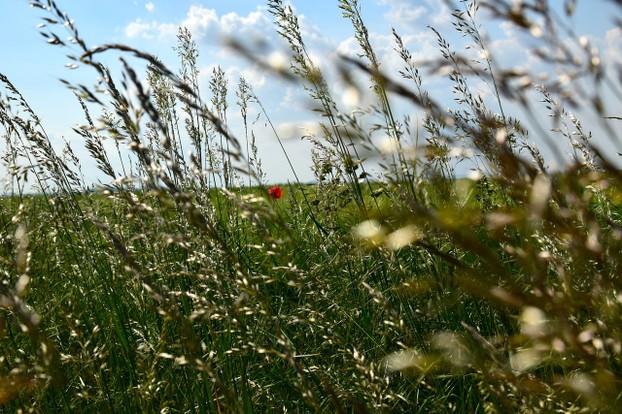


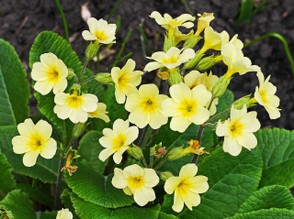
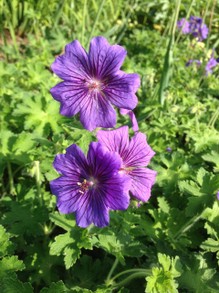


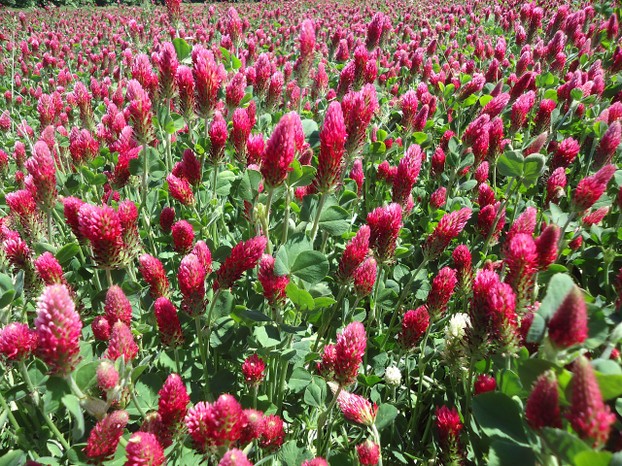
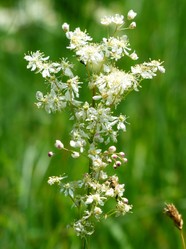

 Women of the Gospelson 10/11/2025
Women of the Gospelson 10/11/2025
 Religious Gardenson 08/25/2025
Religious Gardenson 08/25/2025
 Doctor of the Church: John Henry Newmanon 08/03/2025
Doctor of the Church: John Henry Newmanon 08/03/2025
 Restoring the Palm Houseon 07/16/2025
Restoring the Palm Houseon 07/16/2025


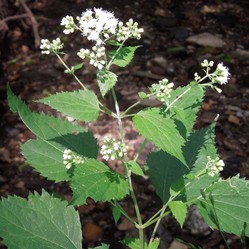
Comments
I have not heard of that happening. To find out more about this topic look up North Ronaldsey.
Thank you for your comment below in answer to my previous observation and question.
Sheep eating seaweed in Orkney isles appeals to me.
Does that seaweed leave green stains around their mouths or on their fleece and hooves?
Hungry herbivores eat grass , silage and hay, and in the Orkneys some sheep eat sea weed.
Thank you!
Cows eat as winter feed hay. Might they also eat silage? Might sheep also eat hay?
No. Silage is used by all herbivores kept on farms.
Thank you for your comment below in answer to my previous observation and question.
So cattle eat hay during the winter even as sheep eat silage as winter feed.
Might it make cattle sick to eat silage and sheep to eat hay?
Silage. Which is grass allowed to undergo a ferment.
Thank you for your comment April 10, 2023, in answer to my previous, same-day observations and questions.
The first subheading advises us that "What was so wrong about the sheep being in the meadow? Everything, for the meadow is the last place that you want sheep. The reason is that meadows were kept ungrazed even by cattle, as they were cut in the late summer for hay to feed the cattle over winter. Cattle and sheep graze differently, for while cattle gaze and leave grass reasonably long. sheep close-crop the ground to produce short springy turf. But the farmer needed the meadow to grow its grass long so that it could be cut for hay to feed the cattle over winter,so the close-cropping sheep in the meadow were a disaster for him."
What do sheep get fed over the winter?
The normal grazing land for cattle and sheep would be a field or part of one.
Your first subheading, What Were Meadows, describes cattle and sheep as not supposed to be let loose in meadows, whose vegetation fed cattle during winter months.
What and where were cattle and sheep permitted to graze without calling forth someone to "blow up your horn"?
Would that mean sounding an alarm call for mustering communal help or merely scaring the overworked worker awake?